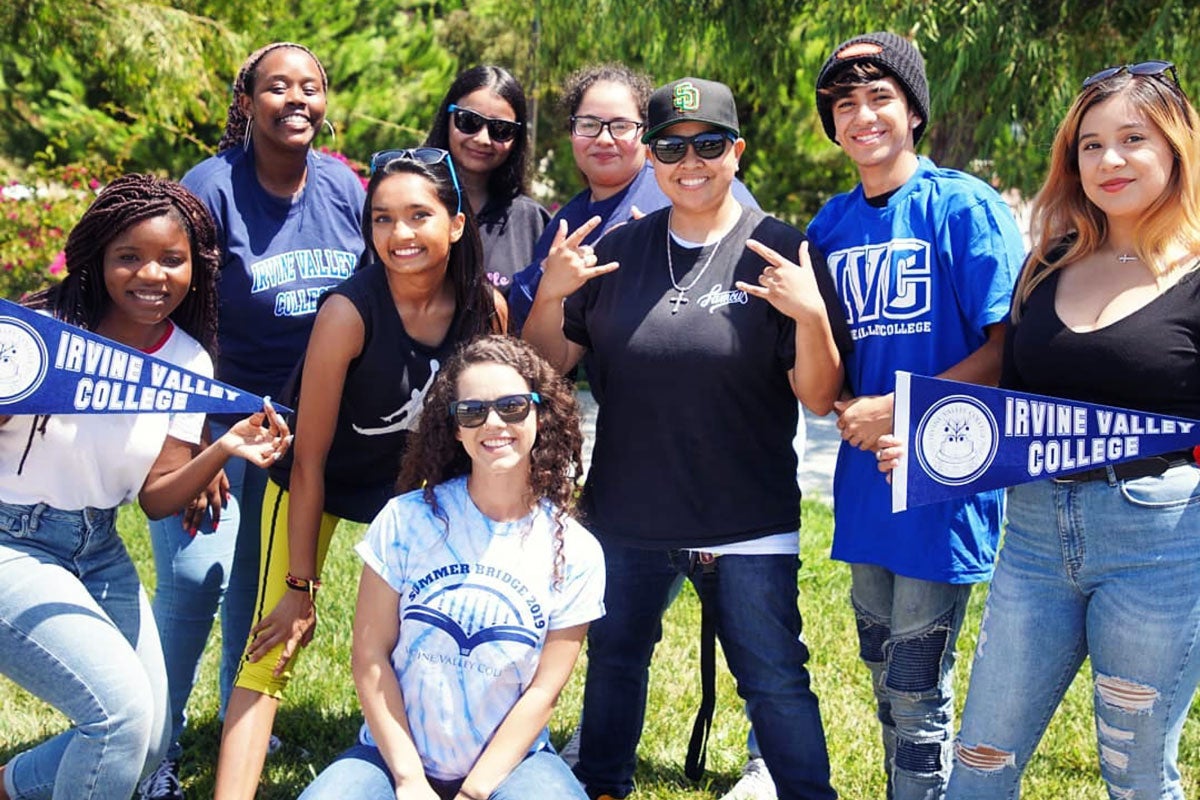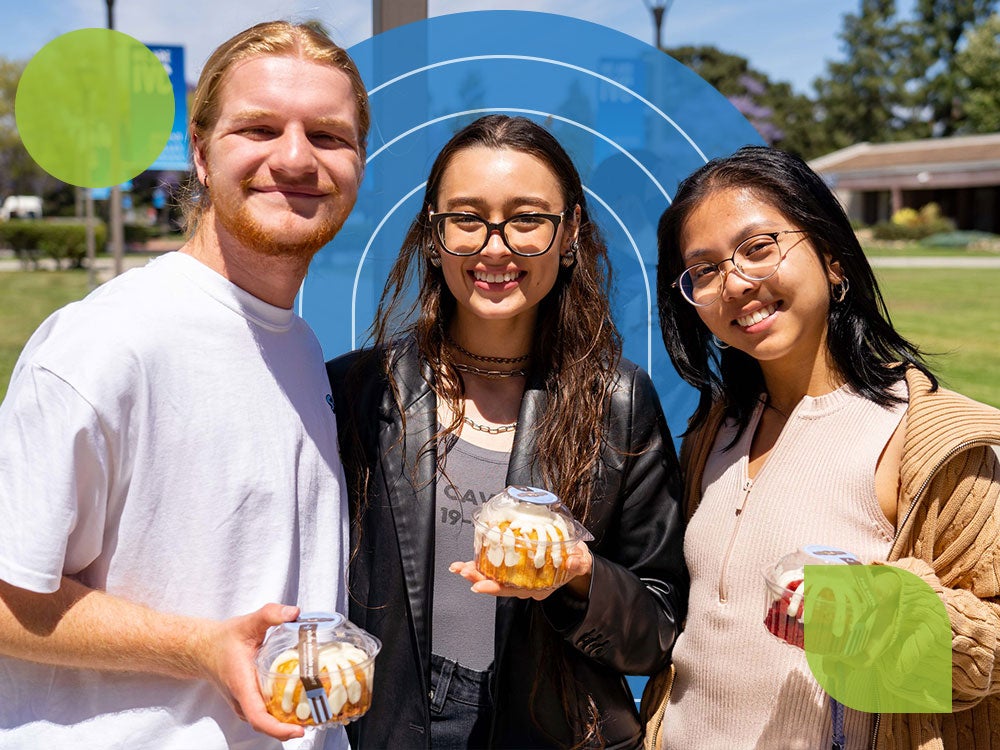On April 29, 2019, Irvine Valley College held a dedication ceremony for a wedding kimono, now on permanent display in the campus library.
Roketsu-Zome (Batik Dye) is one of the old dye techniques. Professor Ishii learned roketsu-zome under the guidance of a roketsu-zome artist. She made tapestries representing four seasons.
In the city of Kanazawa in Northwestern Japan, the Kaga Yuzen dye was developed by Miyazaki Yuzen who used gluten during the dye process. The movie depicts the dye experience of Professor Ishii in Kanagawa and yuzen kimonos.
The video presents visits to three cities (Nara, Kyoto/Nagoya, and Tokyo) where Professor Ishii explored original forms of kimono. It shows the 7th century kimonos to the 18th century kimonos.
Kyoto is famous for the Yuzen Zome dye technique. Kyo Yuzen uses gluten and patterns may include buildings or designs not observed in nature. The movie shows the dye experience of Professor Ishii using the template method in Kyoto.
The Kusaki Zome uses ingredients found in nature such as flowers, wood chips, roots, pods, minerals, etc. Professor Ishii made four silk scarves using the Kusaki Zome, the natural dye technique.
Nishijin Obi is known as one of the exquisite obis in Japan. It has over six hundred years of history. The movie is about professor Ishii’s visit to one of the Nishijin obi companies, the House of Ichijo.
In Japan when a child becomes 20 years old, people celebrate Seijinshiki – the Coming of Age ceremony. Girls wear a furisode, a long sleeve kimono, on that occasion. Professor Ishii took the gorgeous obi during the ceremony.
Professor Ishii visits the Nishijin Obi maker to learn how it is made. She also visited a factory and the Nishijin Ori Kaikan (hall) to see the weaving machine.





